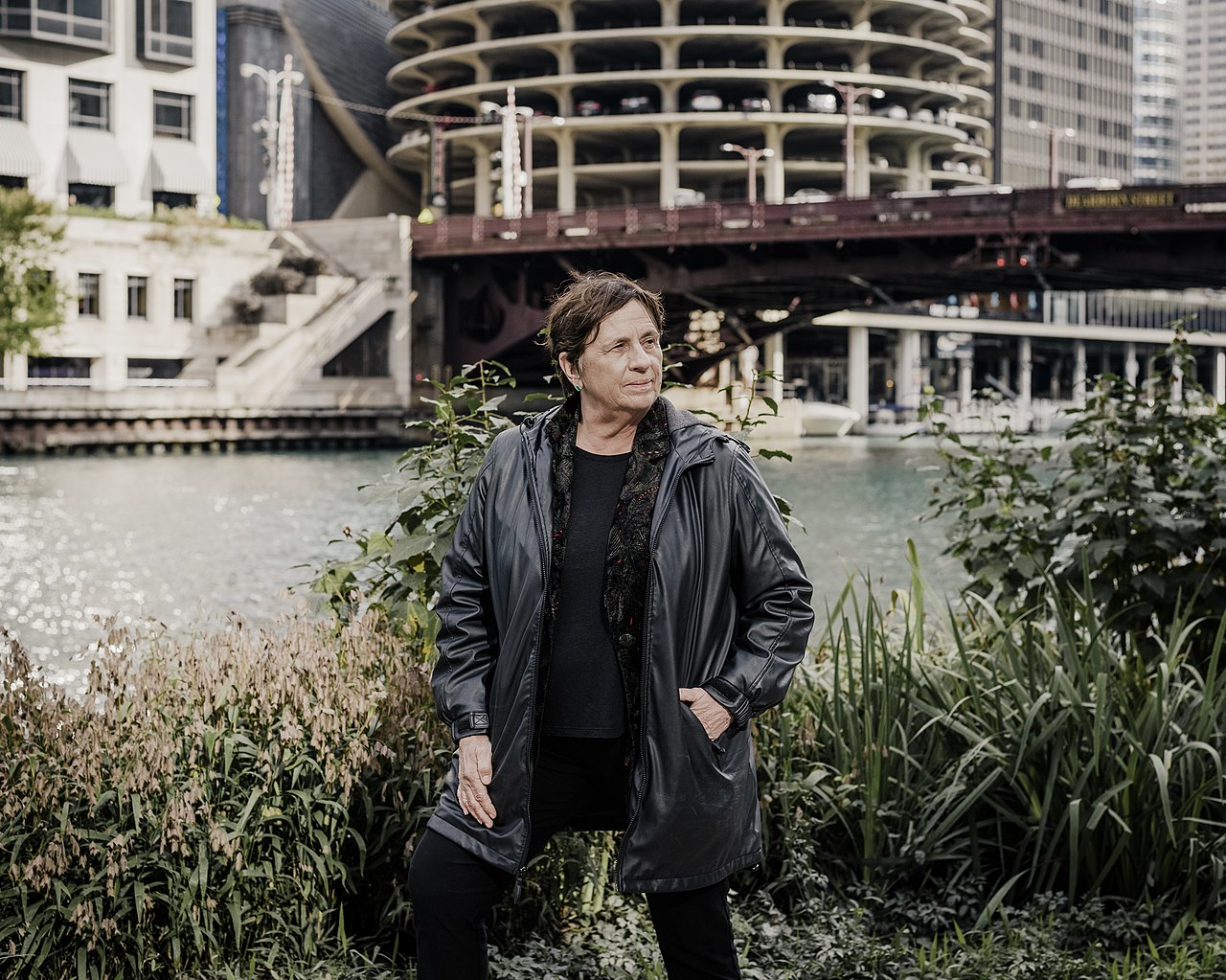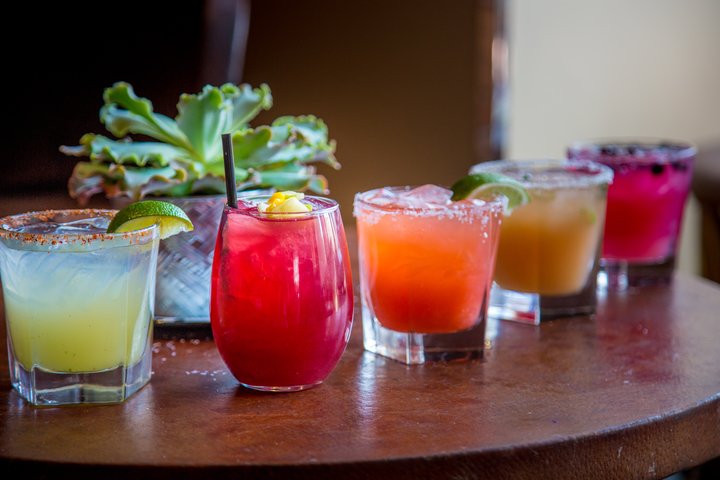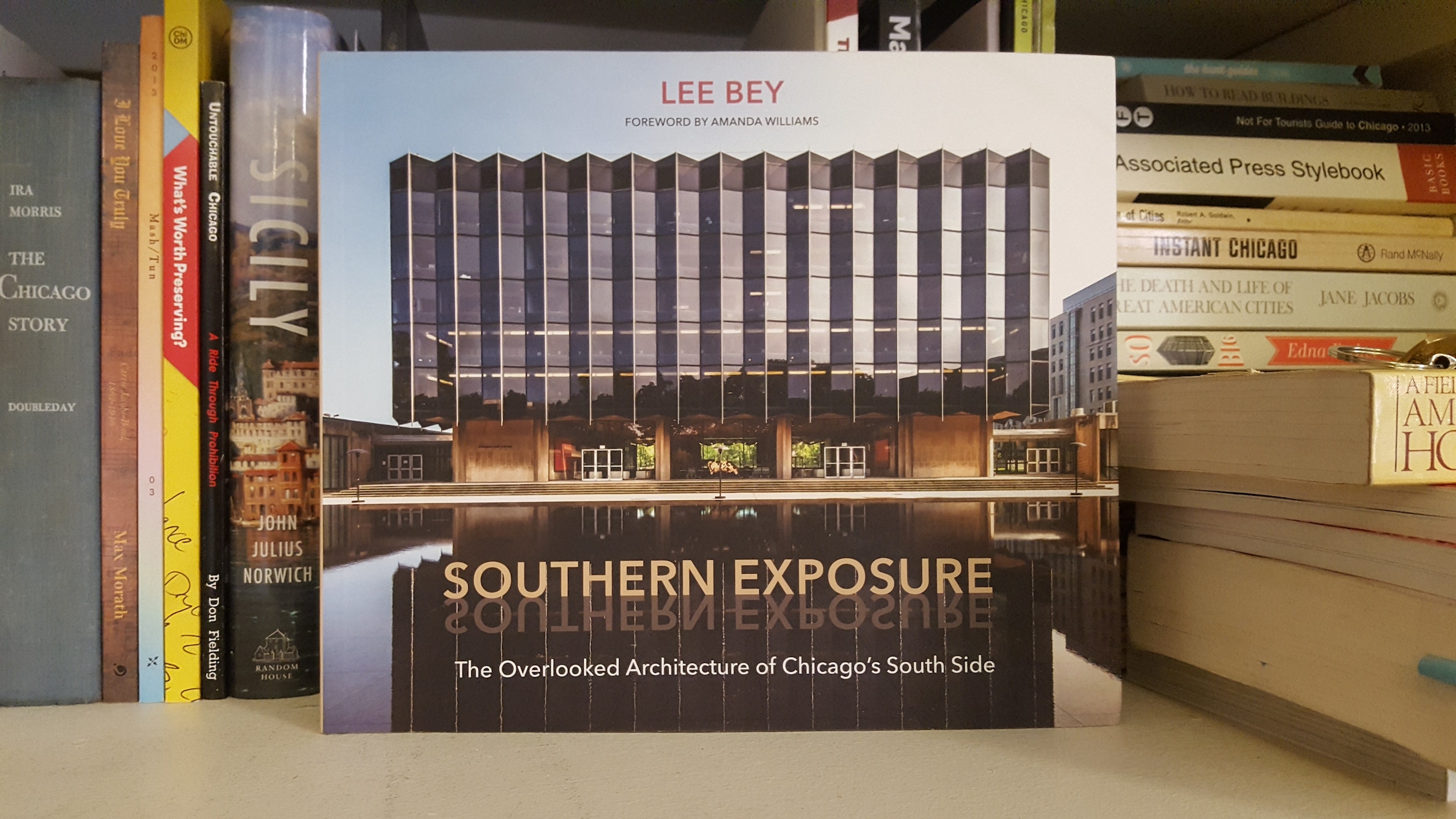A visit to the Chicago Board of Trade is a must, especially in conjunction with our Downtown Bucket List tour for private groups. And little wonder that people want to visit. Standing like a giant at the head of the LaSalle Street canyon, the landmark tower is among the most photogenic in Chicago. The building is also overflowing with history and is perhaps the most recognizable example of Art Deco architecture in the city. Stopping by such a grand place can be overwhelming, so here are the highlights for when you visit the Chicago Board of Trade.
We research Chicago history and architecture like this while developing our live virtual events and custom corporate events. Join us for our public virtual events or book an exclusive team-building event for your private group. We can also create custom tours and original content creation about this Chicago topic and countless others.
The Lost Statues from the Old Board of Trade Building

One of the most curious artworks in Chicago sits in a plaza just east of the Board of Trade. A pair of 12-foot-tall granite statues stare out at Jackson Boulevard. As we related several years ago, these statues–representing agriculture and industry–originally stood on the facade of the original Board of Trade Building, which was constructed in 1883 and torn down in 1929
After that, the statues disappeared from the Loop. They were assumed lost forever, until the 1970s when they were found in an overgrown corner of the Forest Preserve of DuPage County. The full mysterious tale of the statues’ disappearance and eventual re-discovery can be recounted on our Downtown Bucket List tour for private groups.
Art Deco Architecture of the Chicago Board of Trade Building
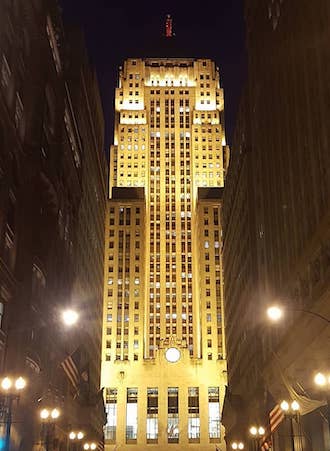
Any visit to the Chicago Board of Trade has to include a healthy appreciation for its architecture. The 1930 design by Holabird and Root is a masterpiece of Art Deco design. Indeed, it takes up a sizable chunk of Art Deco Chicago. The pamphlet from the tower’s dedication perfectly captures the spirit of the building:
“Here it stands, completed, the Board of Trade Building, monarch of LaSalle Street, towering head and shoulder above its mighty neighbors, commanding focal point of Chicago’s financial heart.”
Visitors can fully appreciate the architecture from a block or two down LaSalle, let’s say at the intersection with Adams. From there one can fully grasp the overwhelming vertical nature of the design. The Board of Trade inevitably draws the eye upward, tracing a path into the endless Midwestern sky. Some of this is simply a reflection of the Art Deco ethos. The vertical piers, sudden setbacks, and dramatic nighttime lighting are all perfectly in tune with contemporary towers like New York’s Chrysler Building.
Ceres, Roman Goddess of Wheat and Queen of Chicago’s Skyline
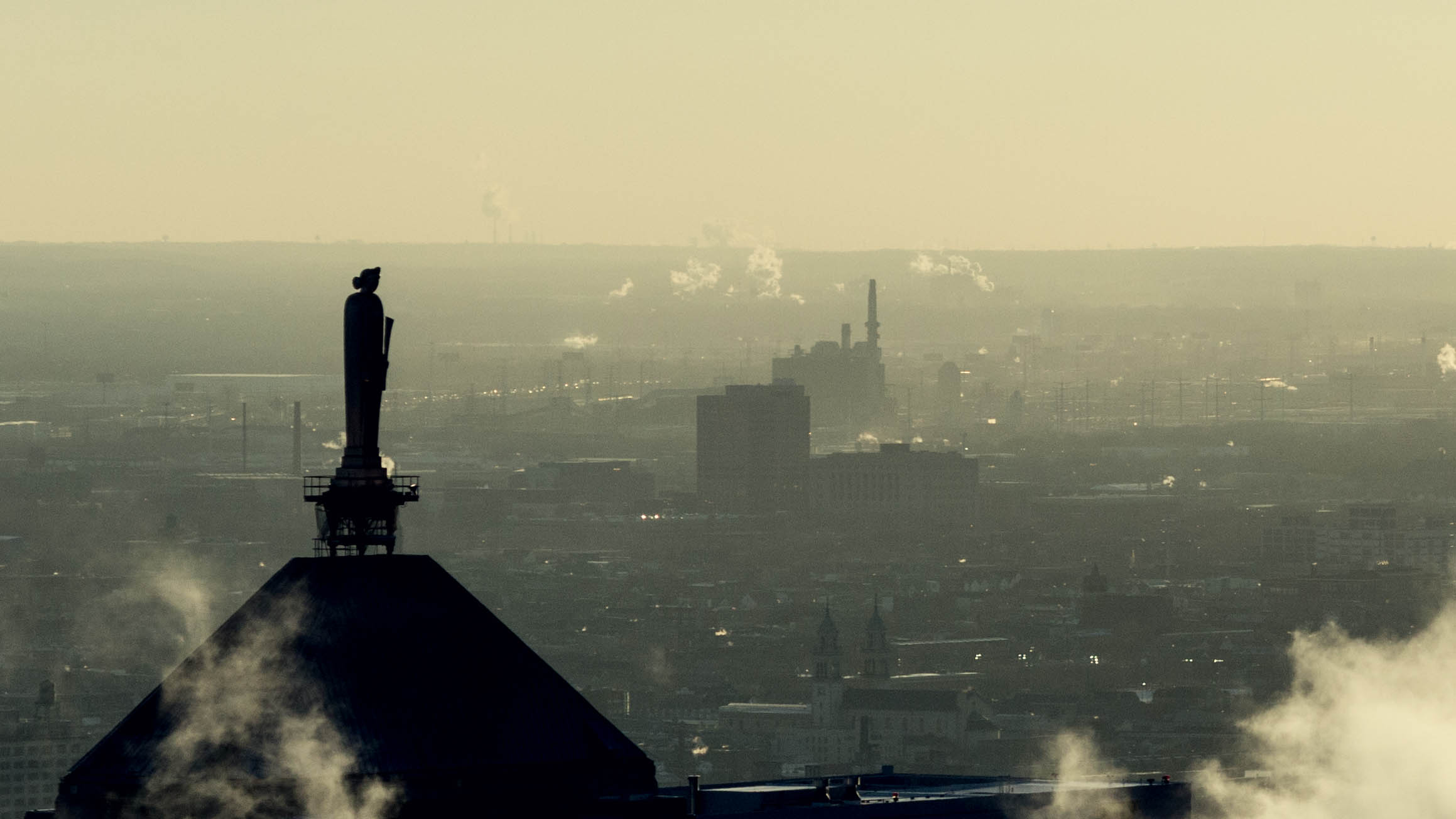
One of the most famous elements of the Chicago skyline sits atop the Board of Trade. Up there, 605 feet above the street, Ceres, the Roman goddess of wheat, looks down upon the city. The statue’s sculptor, John Storrs, chose Ceres as a reference to the commodities trade in grain, which is what the Board of Trade grew rich and powerful on. Appropriately, Ceres holds a sheaf of wheat and a bag of corn.
To visit the Chicago Board of Trade’s most famous decorative element, you don’t need to scale the building though. A miniature version of Ceres is on display in the Art Institute of Chicago. Storrs helped support himself through the Great Depression by selling many of these small replicas to private art collectors.
Interestingly, Ceres also loomed above the original trading room on the fourth floor. The artist John W. Norton, who had studied at the Art Institute, painted a three-story mural of Ceres. Depicted bare-breasted, she holds another sheaf of wheat and sprinkles seeds. She now looks down upon the lobby of the Board of Trade’s rear addition.
Visit the Chicago Board of Trade Lobby
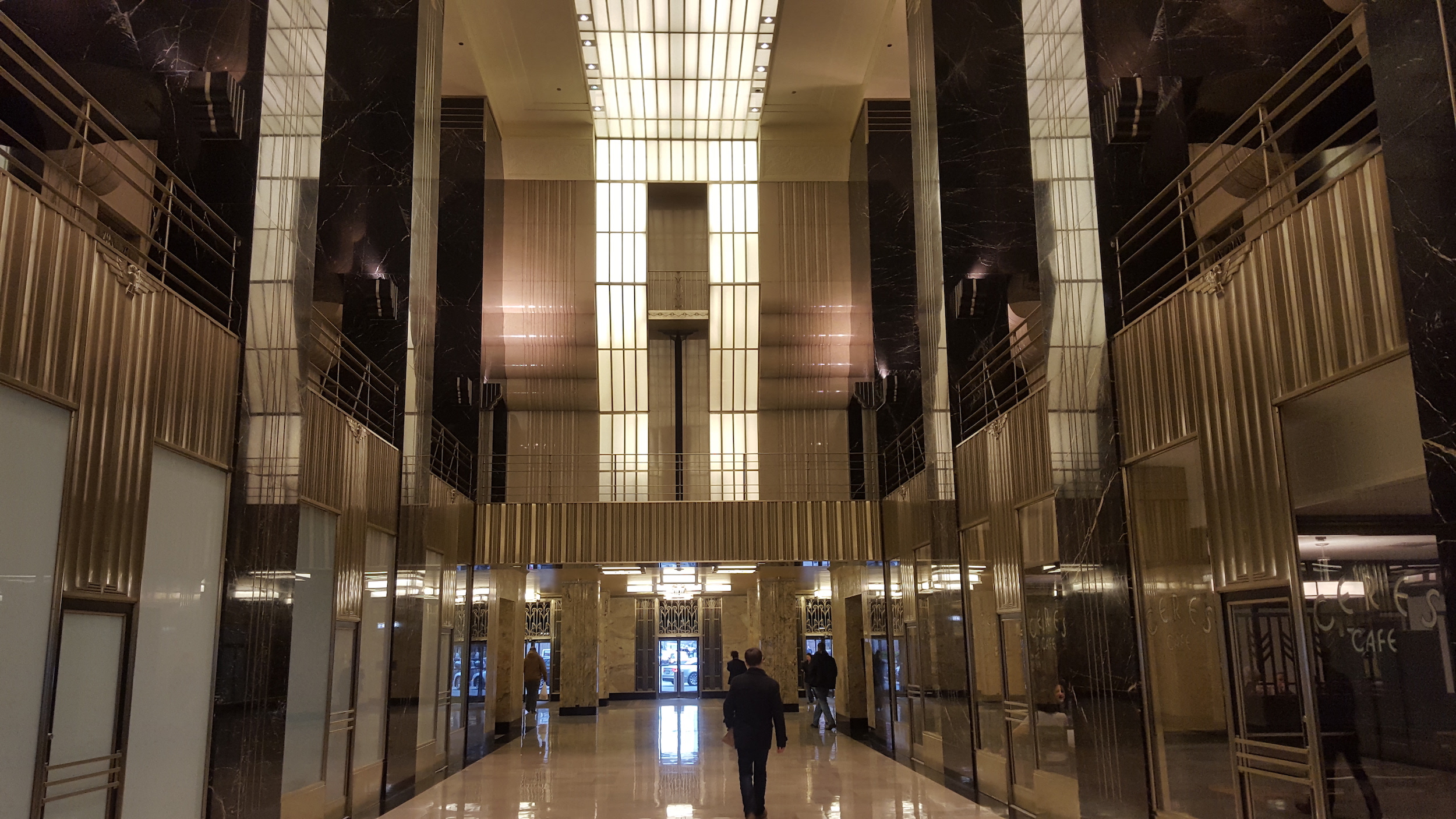
Any trip to the Financial District should include a visit to the Chicago Board of Trade lobby. Few other spaces can match its stunning streamlined luster. Gleaming marble piers, gilded bronze detail work, and an enormous wraparound light fixture transport you right back to 1930. Such glamour makes one want to wear a fedora and a snappy suit upon entering.
The symbolism hidden in the lobby is one of the highlights of our custom tours that visit the building , so I don’t want to spoil too much. I simply love that the food court in the basement is named Cellar’s Market. As a connoisseur of dad humor, that name is a masterpiece.
No More Tours of the Trading Floor
Sadly, one can no longer visit the Trading Floor. The beating heart of Chicago’s commodities trade and financial markets now sits mostly silent. The ‘open outcry‘ method of trading, which once dominated the Trading Room on the fourth floor, has been almost entirely eclipsed by computer trading. While some trading at the CBOT still relies upon open outcry, the trading floor itself moved into an addition constructed in the 1990s. The old trading floor, whose massive 3-floor windows dominate the building’s base, is now quiet office space. Even the famous trading pits have been filled with concrete. You can delve into this vanished history by visiting the neighboring Money Museum.
The Heart of Nature’s Metropolis
The Board of Trade Building is a stunning testament to the businesses which built Chicago. The trade in grains, which evolved into the futures market and commodities trading, placed Chicago in the center of Midwestern commerce. No building better expresses this history.
– Alex Bean, Content Manager and Tour Guide
About Chicago Detours
In business since 2010, Chicago Detours is a passionate team of educators, historians and storytellers. We applied a decade of experience as one of Chicago’s top-rated tour companies to become a virtual event company in 2020. We bring curious people to explore, learn and interact about Chicago’s history, architecture and culture through custom tours, content production, and virtual events.

